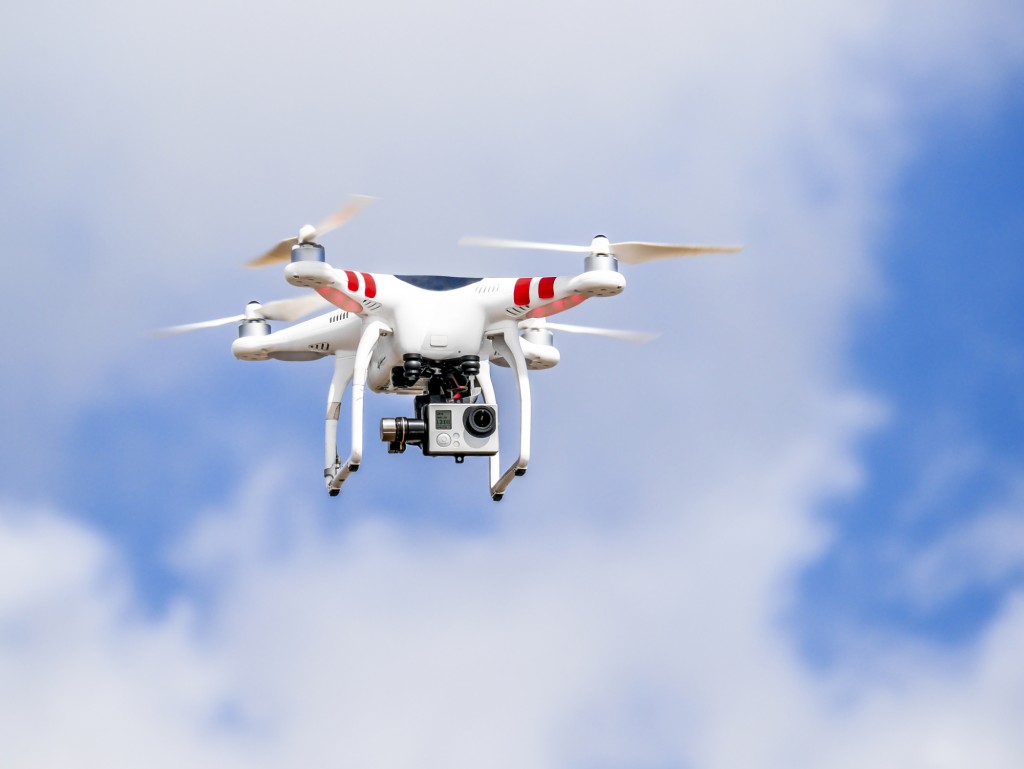Auburn University’s precision agriculture researchers from the AU Department of Biosystems Engineering are now using unmanned aircraft systems (UAS) or drones to monitor crop health over large acreages to help farmers address potential trouble spots quickly.
Regarding the drone-assisted research activities, Steve Taylor, head of Auburn’s Department of Biosystems Engineering said: “Precision agriculture techniques enable the producer to apply things like fertilizer and herbicide only where they are needed, which helps increase yields and profits for agribusiness. These tools are having a major impact in many areas, not only for agricultural crops but also for better management of our forests.”
The drone-assisted research activities are being done at the university’s E.V. Smith Research Center near Tallassee, at other Auburn research stations across the state and for individual farmers. The drones are programmed to fly over a specific agricultural area and capture digital images and data with various types of cameras or sensors. After the flight, the data are downloaded on a computer and analyzed for potential trouble spots like moisture stress in plants, diseases that might be developing, or plant nutrition issues. The processed data is then next transferred into GPS-guided ground equipment that can deliver water, pesticides, fertilizer and other resources where they are precisely needed.
“If we have the data quickly back from processing then we can make adjustments to the crop as we need to,” explained Greg Pate, director of E.V. Smith Research Center. “We can get the right product at the right rate in the right place at the right time. And time is critical.”
The AU’s Department of Biosystems Engineering has an FAA-issued Certificate of Authorization (COA) that allows it to conduct detailed research flights at the E.V. Smith Research Center at altitudes up to 400 feet high. The higher altitude allows researchers to cover more ground during a flight and reduces the flight time of the drones for a given field.
Within the AU system, the Department of Biosystems Engineering is working closely with the university’s Aviation Center for purposes of flying in specific areas and at certain altitudes. The Aviation Center has FAA authorization to fly anywhere in the state below 200 feet for education and data collection activities.
Last year, AU obtained the nation’s first FAA approval to operate a new Unmanned Aircraft Systems Flight School as part of its Aviation Center. Through the center, the university offers three aviation/aerospace degrees: aviation management, professional flight management and aerospace engineering.
Founded in 1856, AU is now one of the largest universities in the state. It currently consists of thirteen schools and colleges which are all housed within the university’s 1,843-acre College Town campus. A charter member of the Southeastern Conference (SEC), AU has 19 athletic teams, collectively called Tigers, participating in the NCAA Division I SEC competitions. The varsity colors are Burnt Orange and Navy Blue. The AU mascot is Aubie the Tiger.
